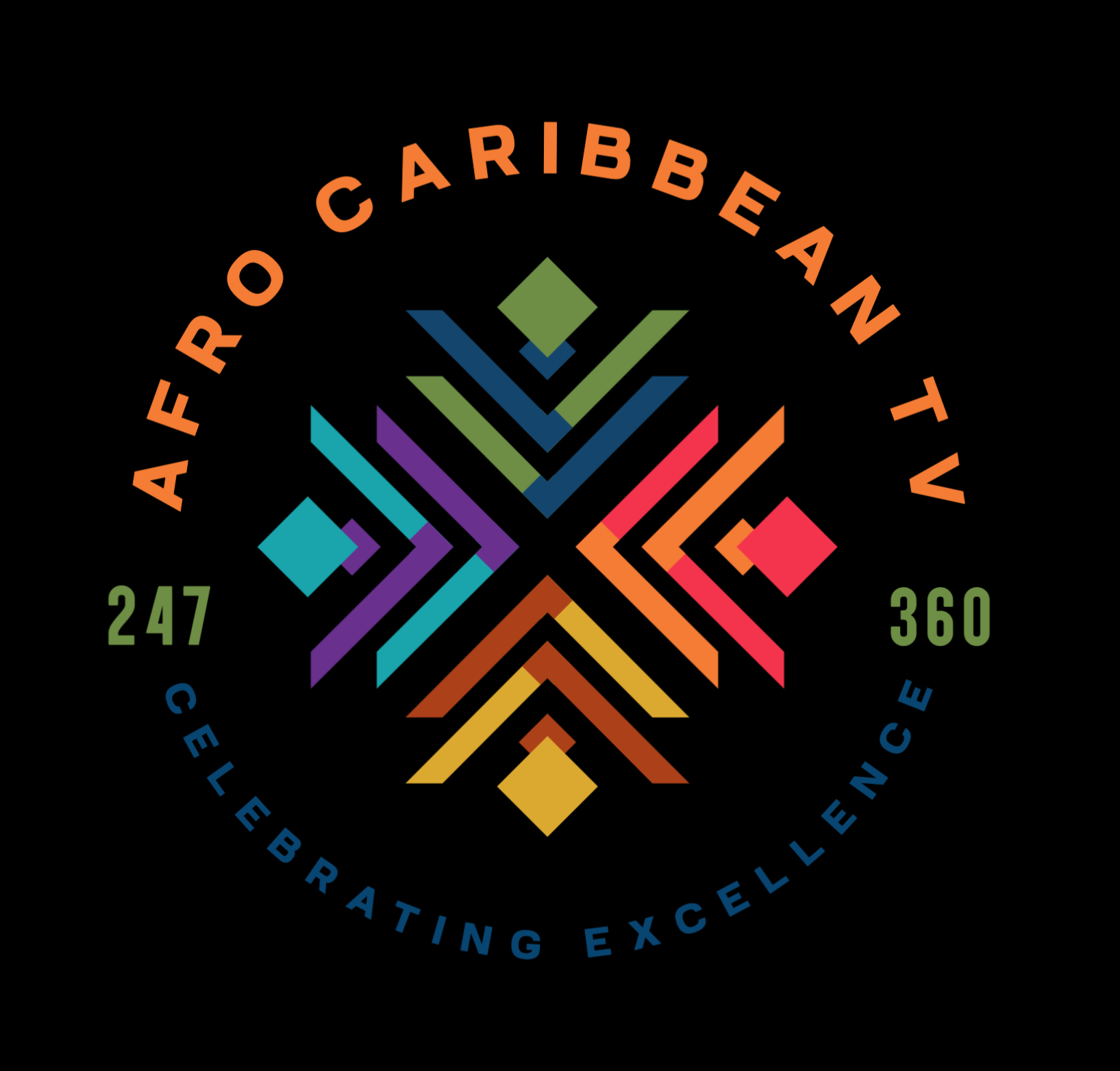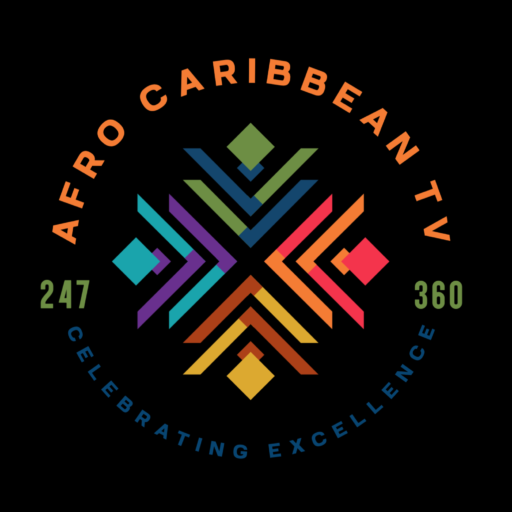Angola – Country Snapshot
Location:
Southern Africa – bordered by Namibia (south), the Democratic Republic of the Congo (north), Zambia (east), and the Atlantic Ocean (west).
Capital City:
Luanda – a major port city and Angola’s political, cultural, and economic hub.
Population:
Around 36.75 million people (2023 estimate).
Official Language:
Portuguese – a legacy of colonial rule; also widely used in media, education, and government.
Major Ethnic Groups & Languages:
- Ovimbundu, Mbundu, Bakongo
- Indigenous Bantu languages like Umbundu, Kimbundu, and Kikongo are widely spoken.
Religion:
Mostly Christian (Roman Catholic and various Protestant denominations).
Independence:
Gained from Portugal on November 11, 1975.
Economy
- Major Exports: Oil, diamonds, gas, coffee, sisal, fish, timber
- Key Industries: Petroleum (main source of revenue), mining, agriculture
- Challenges: Poverty, high inequality, dependence on oil, and rebuilding after civil war (1975–2002)
- Development Goals: Diversify the economy, expand infrastructure, and improve education and healthcare access
Geography & Nature
- Diverse landscapes: tropical Atlantic coastline, savannas, highland plateaus, and the Namib Desert in the south
- Home to national parks like Kissama National Park and Iona National Park
- Rich in wildlife including elephants, antelope, lions, and rare birds
Government
- Type: Presidential republic
- Current President (as of 2025): João Lourenço
- Legislature: National Assembly
Fun Facts
- Angola is a member of the African Union (AU), OPEC, and the Southern African Development Community (SADC).
- Luanda is often called “the Paris of Africa” due to its coastal beauty and cultural vibrance.
- The Kalandula Falls are one of Africa’s largest and most spectacular waterfalls.


